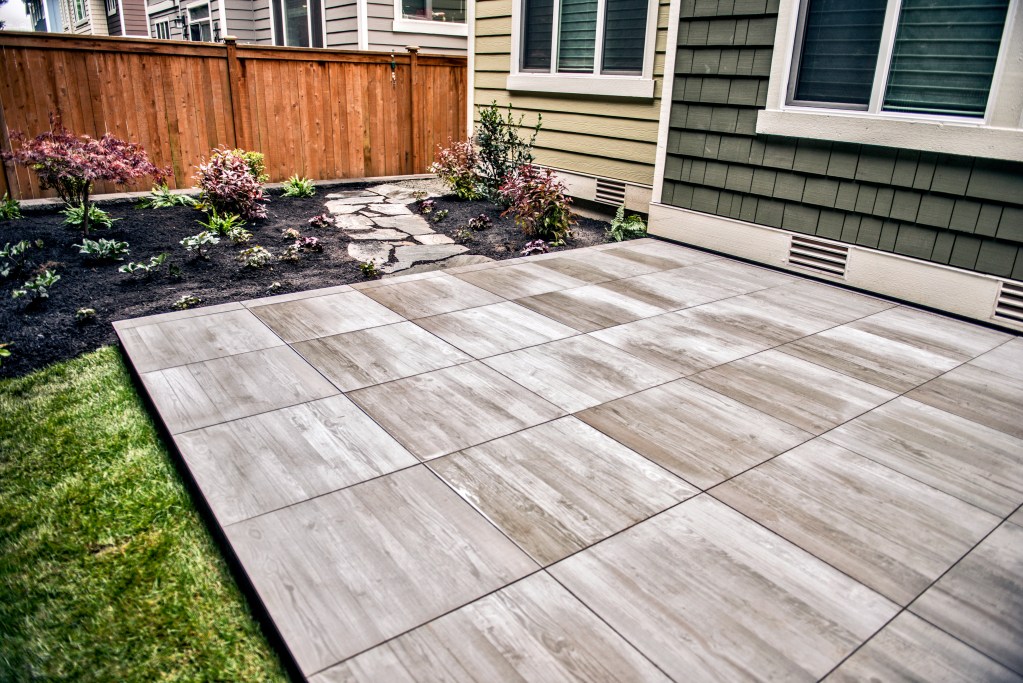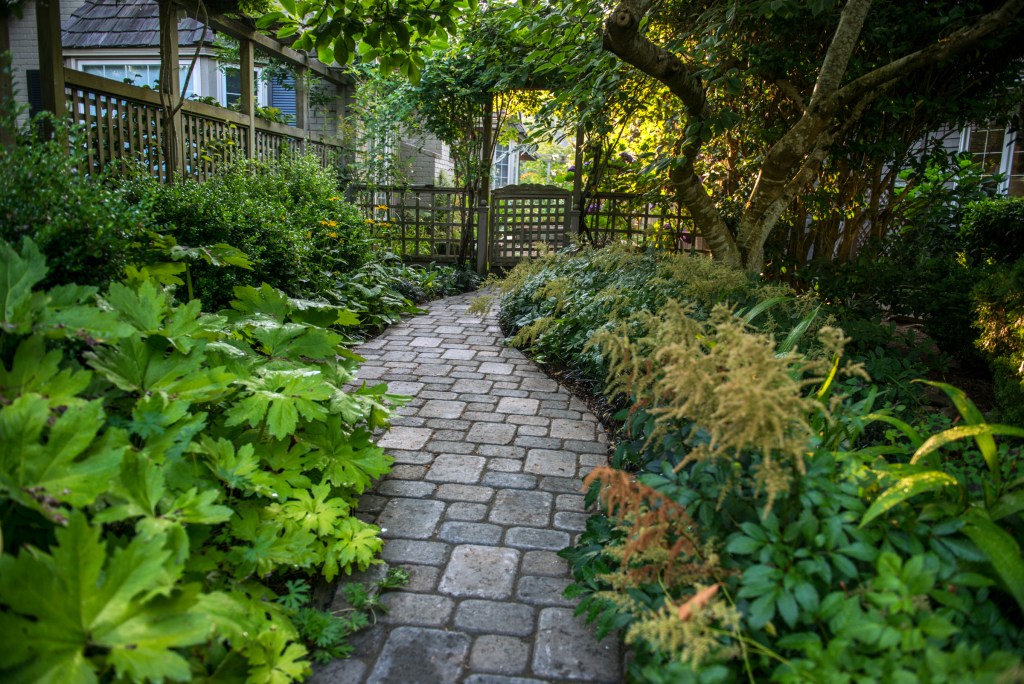Hey Seattle neighbors, Mr. Lee here from Lee’s General Landscaping. Watering your lawn might feel like guesswork at times, especially with our ever-changing weather and that classic Pacific Northwest drizzle. But with a few simple tips, you can keep your grass healthy, green, and ready for that next family hangout or Saturday barbecue.
Understanding Your Lawn’s Thirst
Your lawn’s water needs depend on a few key things: the type of grass you have, how Mother Nature’s behaving, and what kind of soil you’re working with.
Grass Type
- Cool-Season Grasses (like fescue or bluegrass): Common here in Seattle, they love our cooler weather but may need more frequent watering during hot summer stretches.
- Warm-Season Grasses: Not as common in our region, but if you’ve got them, they’re more drought-tolerant and need less frequent watering.
Climate and Weather
- Seattle’s Rain: Some weeks we see more rain than we need, so we can cut back on watering. But during a dry spell (yes, they happen here, too!), you may need to water a bit more.
- Humidity & Temperature: Our mild summers usually mean moderate watering, but if we get a rare hot, dry spell, step it up a notch.
Soil Types
- Clay Soil: Holds moisture longer, so you can water less often, but water deeply when you do.
- Sandy Soil: Drains fast—shorter, more frequent watering might be your best bet.
General Rule: Aim for about 1 to 1.5 inches of water per week from a combo of rain and sprinklers.
Smart Watering Techniques
Deep, Infrequent Watering
Instead of a light sprinkle every day, try a thorough soak once or twice a week. This encourages roots to grow deeper, making your lawn tougher and more drought-resistant. About 20-30 minutes with a standard sprinkler usually gets the water down 6-8 inches.
Timing is Everything
Early mornings (around 6–10 a.m.) are perfect because the air is cooler, so less water evaporates. Plus, the grass blades dry off by evening, helping prevent mildew and fungal issues. Avoid watering late at night.
Adjusting as Needed
Keep an eye on how your lawn responds. If we get a week of steady rain, skip the sprinkler. If we’re in a dry patch, add an extra watering session. It’s all about balance.
Conserve Water & Save Money
Who doesn’t love cutting down the water bill while doing the planet a favor?
- Leave Grass Clippings: After mowing, let the clippings lie. They help the soil hold onto moisture and even provide some nutrients.
- Use a Rain Gauge: Track rainfall so you know when you can skip watering.
- Upgrade Your System: Smart sprinklers and drip irrigation can adjust water usage automatically based on weather conditions, cutting down on waste.
Drought-Proofing Tips
- Choose Tougher Grasses: If you’re reseeding, consider drought-tolerant varieties.
- Improve Soil: Mix in compost to help your soil retain moisture.
- Mow Higher: Leaving grass a bit taller shades the soil, reducing evaporation.
Spotting Over- or Underwatering
Signs You’re Overdoing It
- Squishy, soggy grass underfoot.
- Puddles or water that lingers after watering.
- Grass turning yellow (too much water can suffocate roots).
If this sounds like your lawn, cut back on watering and make sure it drains well. Sometimes aeration or adding sand helps water sink in more evenly.
Signs You Need More
- Grass blades look wilted, turning a grayish or bluish hue.
- Grass doesn’t bounce back after you walk on it—it stays flat and sad.
If that’s the case, increase your watering slightly or water a bit longer to reach the roots.
Seasonal Watering Habits in Seattle
Our seasons are mild, but changes still affect your watering schedule.
- Spring: Rainfall is often plentiful. You might only need to water if we have a dry spell. Focus on getting roots established after winter.
- Summer: Some years are cooler and damper, others can be surprisingly dry. Pay attention to weekly rain totals and adjust as needed. Deep watering once or twice a week might be just right.
- Fall: As rains return, you can ease up on sprinklers. Water just enough to keep the lawn healthy before winter arrives.
- Winter: Usually, no watering is needed—Mother Nature takes care of it. Just watch for drainage issues if we get heavy rain.
Wrapping It Up
Watering your lawn the right way in Seattle is about knowing your grass, reading the weather, and paying attention to how your lawn looks and feels. Deep, well-timed watering will encourage strong roots, while small adjustments to your schedule and technique can make a big difference.
If you have any questions or need help setting up a smart watering routine, give me a call at Lee’s General Landscaping. With over 30 years of experience in our city, I’m here to help you maintain a lawn that’s green, healthy, and perfect for enjoying all year long!
When we roll out your new lawn, we trust JB sod because it’s like picking the perfect carpet for your living room—soft, sturdy, and made to last. JB’s been growing high-quality grass in the Northwest for decades, ensuring that every patch is lush, vibrant, and ready to thrive in our Seattle weather. It’s a simple way to give your yard the reliable, beautiful foundation it deserves.



















